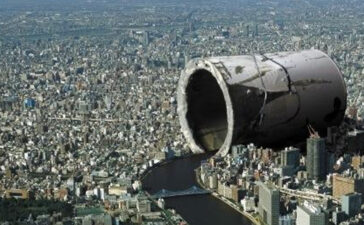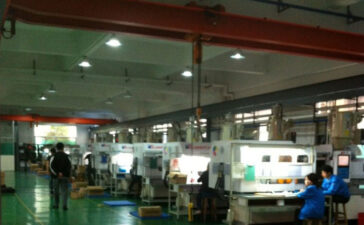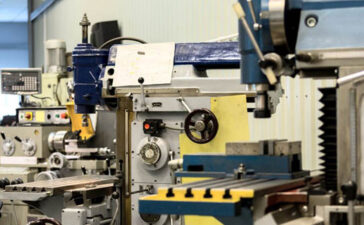During rotomolding process, it is not easy to process products with abrupt wall thickness. The average wall thickness of the product depends on the amount of feed. Its uniformity is related to the structure of the mold itself and the rotomolding process.
In terms of the structure of rotomolded products and rotomolding molds, generally the thickness at the concave corner of the rotomolded product (mold convexity) is small, and the thickness of the convex corner of the product (mold concaveness) is large. The angle of the convex part is too small, it is easy to cause the material to not fill the mold and bring the corresponding holes and other defects, so the product should not have sharp corners, usually a large smooth arc transition.
The melting and adhesion ability of plastic is mainly related to the mold temperature. Where the temperature of the mold is high, the plastic is easier to melt and coat layer by layer with the rotation of the mold. There will be more adhesive resin, while the low temperature part will have relatively less resin, resulting in uneven wall thickness.
The wall thickness of the product is also related to the rotation speed. The uneven rotation speed is easy to cause uneven wall thickness and irregularity, so a constant torque or constant speed motor that can be automatically controlled is generally used to maintain the main shaft and the auxiliary shaft to rotate at a constant speed. When the wall thickness of a part of the product is quite different from that of other parts, and the mold cannot be modified, a solution must be sought from the perspective of the process.
Solution
- 1. Fix the rotomolding mold in a proper position on the mold frame, and adjust the balance of the mold frame.
- 2. The rotation speed of the main and auxiliary shafts is kept proportionally balanced and the speed is uniform.
- 3. The heating furnace can ensure that the mold is heated uniformly in all directions.
- 4. The reversing is performed once during heating and cooling, and the reversing should be rapid. Generally, the forward and reverse time is the same.
- 5. At the part where the thickness of the product needs to be increased, the corresponding part of the mold should be preheated or the influence of thermal insulation factors should be reduced.
- 6. At the part where the thickness of the product needs to be reduced, add a tetrafluoroethylene board or asbestos pad to the corresponding part of the mold for heat insulation, so that the molten material is not easy to stick to the mold or continue to accumulate to reduce the thickness of this part. This method is also used to line the thermal insulation layer on the mold so that the inner surface of the mold cannot adhere to the resin to obtain openings, but the openings made by this method are generally not regular.








